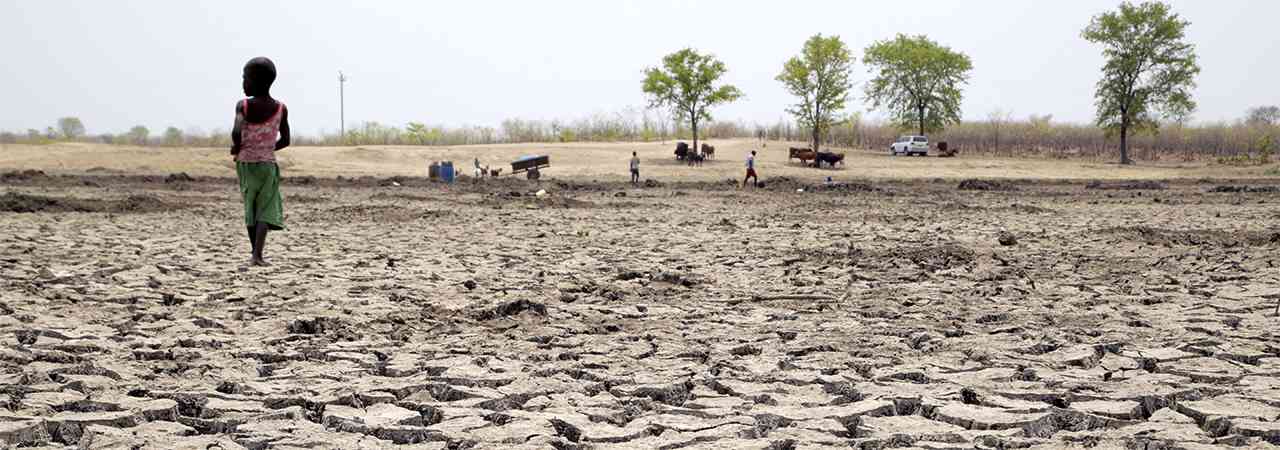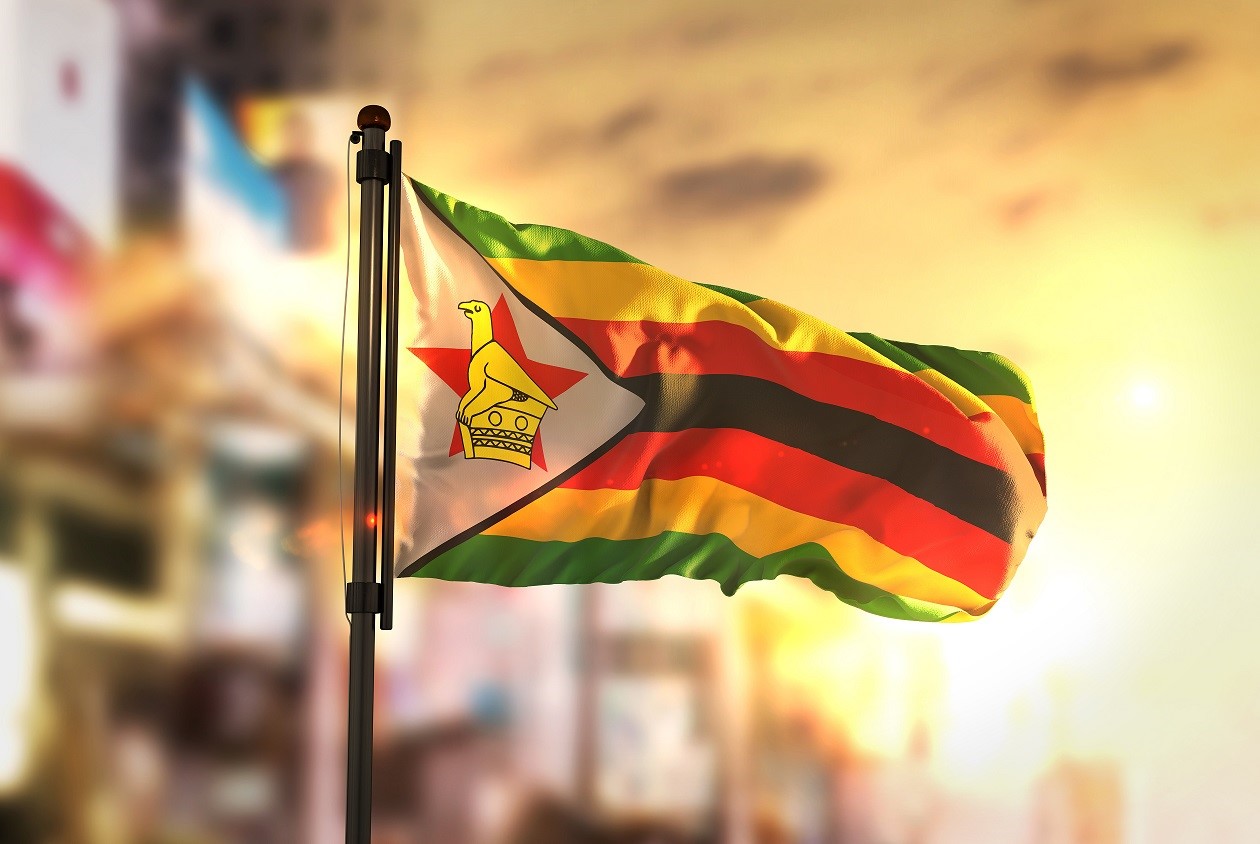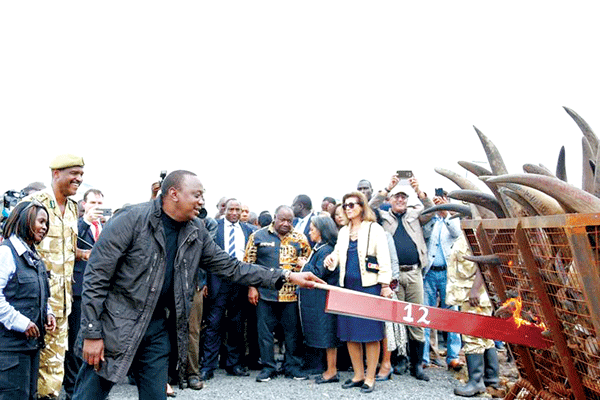

THE phrase gore rezhara or umyaka wendlala — the year of famine – is familiar with most Zimbabweans of my age.
By Welshman Ncube
Up until the late 1970s, our grandparents and parents tended to calibrate historical eras with “landmarks” of years when hunger and famine were at their worst. Massive national food deficits especially in vulnerable regions like Matabeleland, the Midlands, Masvingo and some parts of Mashonaland West were a common phenomenon. Yet, it was very rare to hear of anyone dying of starvation.
When Zimbabwe gained independence (not freedom) in 1980, millions of optimists like me were consumed by the euphoria of independence so much that we saw nothing but a blissful future.
Once the reality of “majority rule” settled in its tempo of governance incompetence, the frequency of food shortages and malnutrition became routine. Ironically, it was the “food uprising” of 1998 that sparked the multiparty democracy “revolution” in Zimbabwe.
The Zanu PF government, faced with a new and vibrant MDC competition, responded with systematic vindictiveness and struck at the heart of ‘food security’, the farming sector with a vengeance unprecedented anywhere in Africa.
Understand me well. I am not for a minute insinuating that white commercial farmers were the drivers of food self-sufficiency. After all, millions of “Master Farmers” dotted all over communal areas and so called African purchase lands delivered thousands of tons of maize and other crops to the Grain Marketing Board (GMB) every harvest season.
It remains true that a very significant percentage of commercial maize was grown by commercial farmers, who were mainly white and hence even today you will notice massive grain silos at or around places that were dominated by commercial farming such as Banket, Chegutu, and Bindura, etc, a sign that these places had been granted special food security status” by the Ian Smith government. Today these silos are white elephants.
- Chamisa under fire over US$120K donation
- Mavhunga puts DeMbare into Chibuku quarterfinals
- Pension funds bet on Cabora Bassa oilfields
- Councils defy govt fire tender directive
Keep Reading
One might argue that “lack of food” is not unique to Zimbabwe – but an international phenomenon. Yes, a grain of truth, however, requiring qualification. Since 1980, rainfall patterns have been irregular in most parts of Zimbabwe, with specific regions in Matabeleland, the Midlands and Masvingo continually being vulnerable.
If you consider what the Zanu PF government has been focusing on since the disastrous and violent “land reform” from year 2000, it has been a litany of policy errors and politicisation of food production.
Billions of dollars have been squandered in haphazard ‘agricultural input and mechanisation schemes’ that have done little to alleviate hunger.
If anything, the plunder of public resources, widespread deforestation and primitive cropping procedures have worsened our food situation. Just across the borders in Botswana, Zambia and South Africa – countries some of which have less reliable rain patterns – there is very little or no potential starvation of villagers.
The tragedy is that while we are facing a two-million tons grain deficit this year, we will spend almost a quarter of a billion dollars importing grain from Zambia, ironically grown by Zimbabwean victims of a highly politicised land reform programme, which while absolutely necessary for obvious reasons, should have been carried out responsibly but firmly while allowing white Zimbabweans to remain with some land as would have been sufficient for them to do their cropping while giving up the vast tracts of land they held but did not use.
From an international perspective, later this year in September, the United Nations will, yet again, converge to reconfigure what they call Sustainable Development Goals (SDGs). These are a management tools “to help countries (like Zimbabwe) develop implementation and monitoring strategies for achieving the SDGs and to monitor progress . . . a report card, to measure progress towards achieving a target and ensure the accountability of governments to their citizens.”
Implementation and tools rely on statistical accuracy, but the danger that we face in Zimbabwe is that public institutions are so partisan that we will never know the real extent of food insecurity. We largely rely on Minister Joseph Made’s ‘helicopter assessments’ and Zanu PF government propaganda intent on trumpeting successes even where none exists.
Nonetheless, one of the focus areas of SDGs is ending hunger and achieving food security. As is stated in one of their documents that “(T)he concept of “hunger” covers many different dimensions that include the periodic lack of sufficient macronutrients; the prevalence of chronic hunger and its severe impact on human development, which is well captured by child stunting; food security; and access to adequate micronutrients.” When the Zanu PF government boasts that ‘no one will starve in Zimbabwe’, their attention is simplistic: how many buckets of maize each rural family has access to at any one time.
Yet “(I)n assessing food insecurity, it is important to consider geographical areas that may be particularly vulnerable (such as areas with a high probability of major variations in food production or supply) and population groups whose access to food is precarious or sporadic, such as particular ethnic or social groups.” Besides, “(M)icronutrients are essential for good health, commonly deficient micronutrients: the minerals iron, zinc, and iodine, and the vitamins A, B12, and folate.” Let me shift your attention from the academic to mundane aspects of food deficiency.
The problem in Zimbabwe, particularly in the arid parts of Matabeleland, Masvingo and the Midlands is that of poverty. When a people have no means to generate income, it does not matter how much ‘food’ is in grocery shops, tuck shops, supermarkets and vegetable markets – they cannot afford to buy that food. Mauritius, Botswana, Hong Kong, Israel and possibly South Africa – have no ‘land reform programs’ and ‘agricultural mechanisation’. What they have are responsible governments that allow citizens to express their business acumen to create jobs. They allocate national resources intelligently and focus on improving the quality of democracy, freedom and governance, thus citizens enhance their access to innovation, productivity and wealth creation.
Between 1980 and now, the southern provinces in particular, have been subjected to war, political abuse, large-scale migration and de-industrialisation. The “land reform programme” has hardly focused on investing in extension services in comparative advantage areas of cattle ranching and tourism.
With an excellent research centre like Matopo Research Station, why has the government not encouraged sophisticated methods of short season grain farming that suits adverse climatic and weather conditions? In areas next to game parks like Hwange and Lupane, hapless villagers have been exposed to marauding vegetarian “predators” that destroy crops.
Zanu PF’s Oliver Twist approach to World Food Programme, Food and Agriculture Organisation; the European Union and other NGOs for food support is a myopic, short-term solution. In any case, when such food handouts come, it is only Zanu PF ‘card holders’ who receive first preference and often the only preference while the rest are left to their own devices and yet those who support Zanu PF are in fact indirectly responsible for the national food deficit.
Some will say without their misguided support of Zanu PF the suffering of our people would have long come to an end.
For us in the MDC, we know exactly how to put food on the table of millions of Zimbabweans. For almost 35 years, Zimbabwe has been ravaged by the woeful policies of deceit, favouritism and gluttonous selfishness perpetrated by the heartless purveyors of poverty and hunger – Zanu PF.
Once in government, the MDC will restore confidence the citizens have in the sanctity of property rights, so that we can attract both domestic and foreign investors to create jobs and produce goods for export.
Tertiary institutions will be supported to research on the best ways of agricultural productivity, with well-capitalised agricultural training centres producing graduates ‘conveyor-belted’ into farming enterprises.
Wards will be supervised by agricultural extension experts, while councillors will collaborate with citizens in ward development committees to promote business innovation and cultural tourism.










